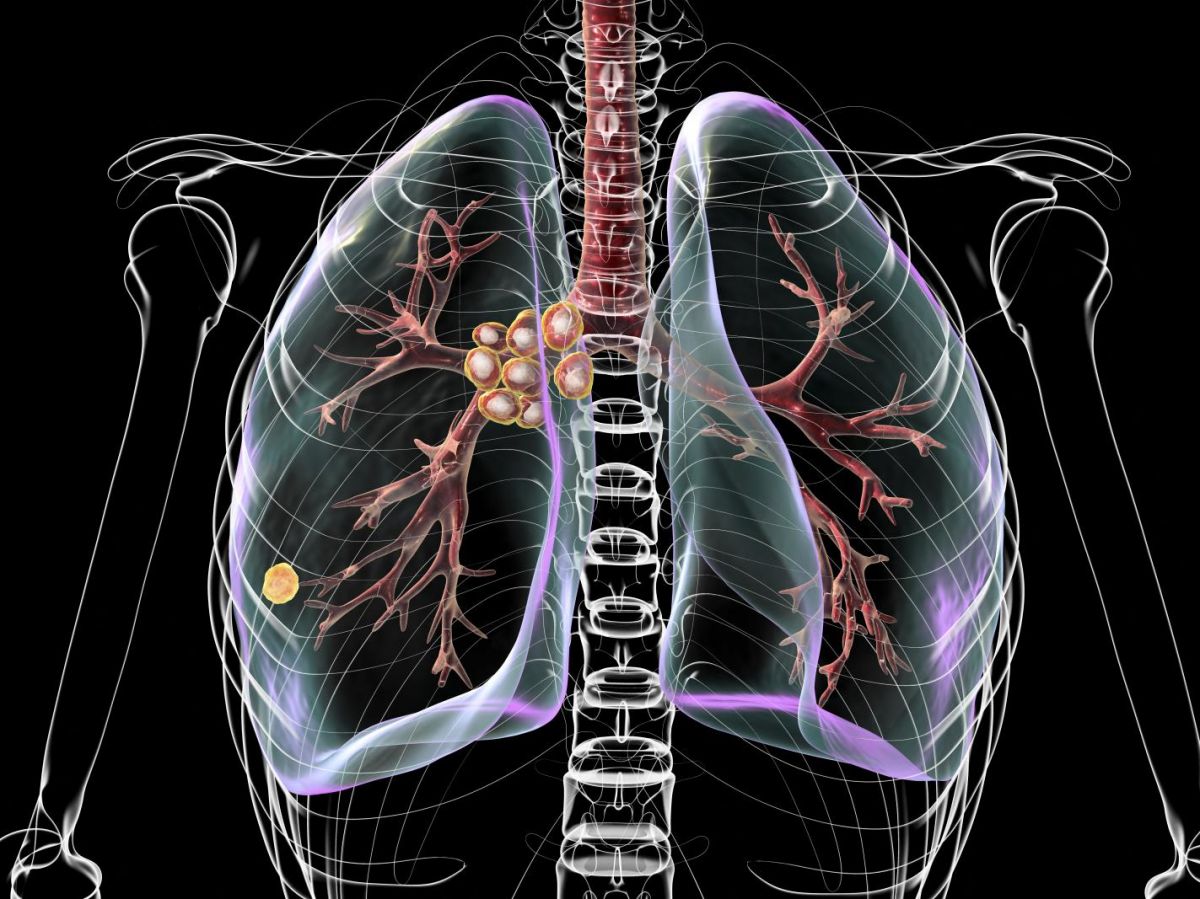“Hold your nose, it will go down better,” we advise children when faced with medication. This folk wisdom comes from our intuitive understanding of the importance of smell in flavor perception. A new study shows that these two senses are even more intertwined than previously thought, since they are immediately processed together by the area of the brain responsible for recognizing flavors—and not coded separately and later combined, demonstrates a new study published in the journal Nature Communications.
“ We already knew that smells and flavors follow parallel pathways, both in the senses themselves (taste comes from taste buds in the mouth and smell comes from receptors in the nose) and in the brain: taste is processed in the insula, while smell is processed in the piriform cortex, which are far apart. Traditionally, it was thought that these two senses were only integrated much later, in the orbitofrontal cortex.", summarizes with Science and Future Researcher Putu Agus Khorisantono, lead author of this new work. The results shed new light on how our perception of flavors works.
Read alsoTaste, a complex sense
Smells without taste and tastes without smell
Using functional MRI, which allows the activation of brain regions to be visualized in real time, 25 people orally experienced different liquids that either had only an odor or only a taste that they had to identify. The sweet taste came from a sucrose solution, while the salty taste came from a monosodium glutamate solution. As for the flavors, we used aromatic flavor solutions such as raspberry, golden syrup, or chicken broth.", describes Putu Agus Khorisantono.
As expected, the insula is activated by taste… But not only that. The anterior part of the insula is also activated by smell alone, and in a similar way to that of the corresponding taste. This implies that the 'gustatory' cortex is actually part of the insula, and that the other parts integrate taste information with odors", concludes the researcher.
Taste and smell processed together, very early on
Read alsoOn your tongue: olfactory receptors
In short, when we eat, the insula not only processes taste as previously thought, but also activates in the same way the perception of odors coming from food in the mouth. This means that the insula acts as an early and crucial integration center, merging these distinct sensory signals into a unified taste identity, rather than processing them separately and combining them much later in other brain regions.", adds Putu Agus Khorisantono. In addition, the activated regions in the insula were different depending on whether the taste or smell was identified as sweet or salty. " We were able to differentiate sweet from salty in all parts of the insula we tested", confirms the researcher.
A mechanism for acquiring taste preferences
It is difficult to separate sensory experiences related to smells from those related to taste. When we eat, smells reach the receptors in the nose through the back of the mouth; this is called retronasal smell. The shorter distance and body heat make some odors more perceptible retronasally" explains Putu Agus Khorisantono. " This is why sometimes a glass of wine may not have a strong smell when smelled, but have a very pronounced aroma when drunk.. »
This is important because the odors received through this pathway could then shape our brain's processing of so-called "orthonasal" odors, that is, those perceived solely by smell. We believe that retronasal odor is important because it may be the link for learning new taste preferences.", anticipates the researcher. Orthonasal odors, based on these preferences, would then be used to guide eating behavior. " This basic taste integration mechanism has direct implications for the acquisition of taste preferences and the establishment of eating habits." concludes Putu Agus Khorisantono.

